Climate Impact
Loss of Snow and Ice

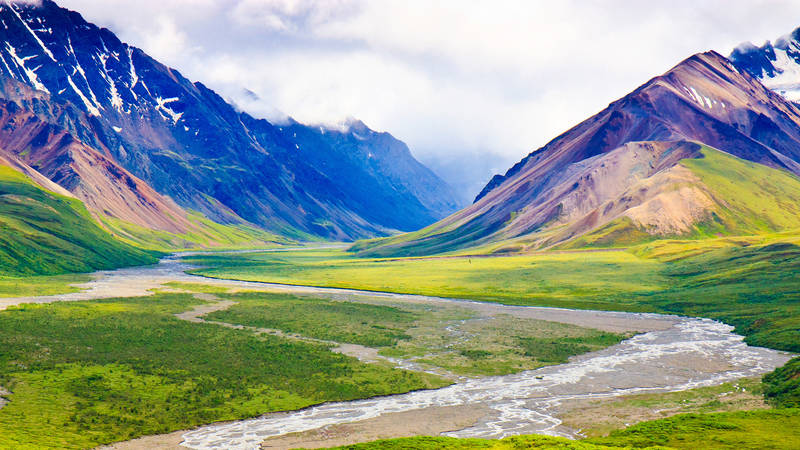
How the Climate Crisis Is Affecting National Parks
Climate change is the greatest threat the national parks have ever faced. Nearly everything we know and love about the parks — their plants and animals, rivers and lakes, glaciers,…
See more ›At 14,411 feet tall, Mount Rainier towers dramatically in stature over the rest of Washington’s Cascade Range. This active volcano formed half a million years ago, and though it hasn’t showed signs of erupting since 1894, its ash from centuries past has long fertilized the surrounding valleys, which blossom in lavish displays of multicolored wildflowers every summer. The mountain was protected as the nation’s fifth national park in 1899, and the National Park Service now maintains 265 miles of hiking trails in the area, including a 90-mile ring around the mountain’s perimeter.
This gargantuan peak is home to more major glaciers than any other mountain in the contiguous United States — currently 25 in all. As the climate crisis worsens, warming temperatures are causing these glaciers to melt at six times their historic rate. This extreme melting has sent large amounts of water cascading down the mountain, along with rocks and debris, killing old-growth trees, tearing up roads and trails, and threatening historic structures. The sediment from this glacial melt has also added soil to the park’s rivers, raising their elevation and increasing the risk of catastrophic floods.
Some 200 billion gallons of water melted from Mount Rainier’s glaciers between 2003 and 2014 alone. Unlike other regions of the country that are becoming more arid due to changes in the climate, the Pacific Northwest will likely become wetter as more of the region’s precipitation shifts from snow to rain — a change that will only exacerbate the glacial retreat and worsen dangerous conditions such as mudslides and avalanches on the mountain. Rapid melting, made worse by severe rains, can also cause “outburst floods,” a sudden release of water trapped beneath or inside a glacier, carrying mud and debris with destructive force; three of the park’s glaciers are upstream from heavily frequented areas of the park, posing serious safety risks to visitors and nearby communities.
Cross-Cutting Impacts
Alaska’s southern glaciers are also losing about 75 billion tons of ice each year, and the rapidly thawing permafrost is reshaping the landscape in places like Gates of the Arctic National Park. At Glacier National Park in Montana, glaciers could disappear completely and forever from their namesake park within 30 years, creating widespread effects on the entire ecosystem. Glacial melt and loss of snow and ice is not only changing the lands and waters at parks, it also threatens wildlife species that depend on snow and ice to survive, such as foxes and wolves. Loss of snowpack can also severely worsen drought conditions in warm-weather seasons.
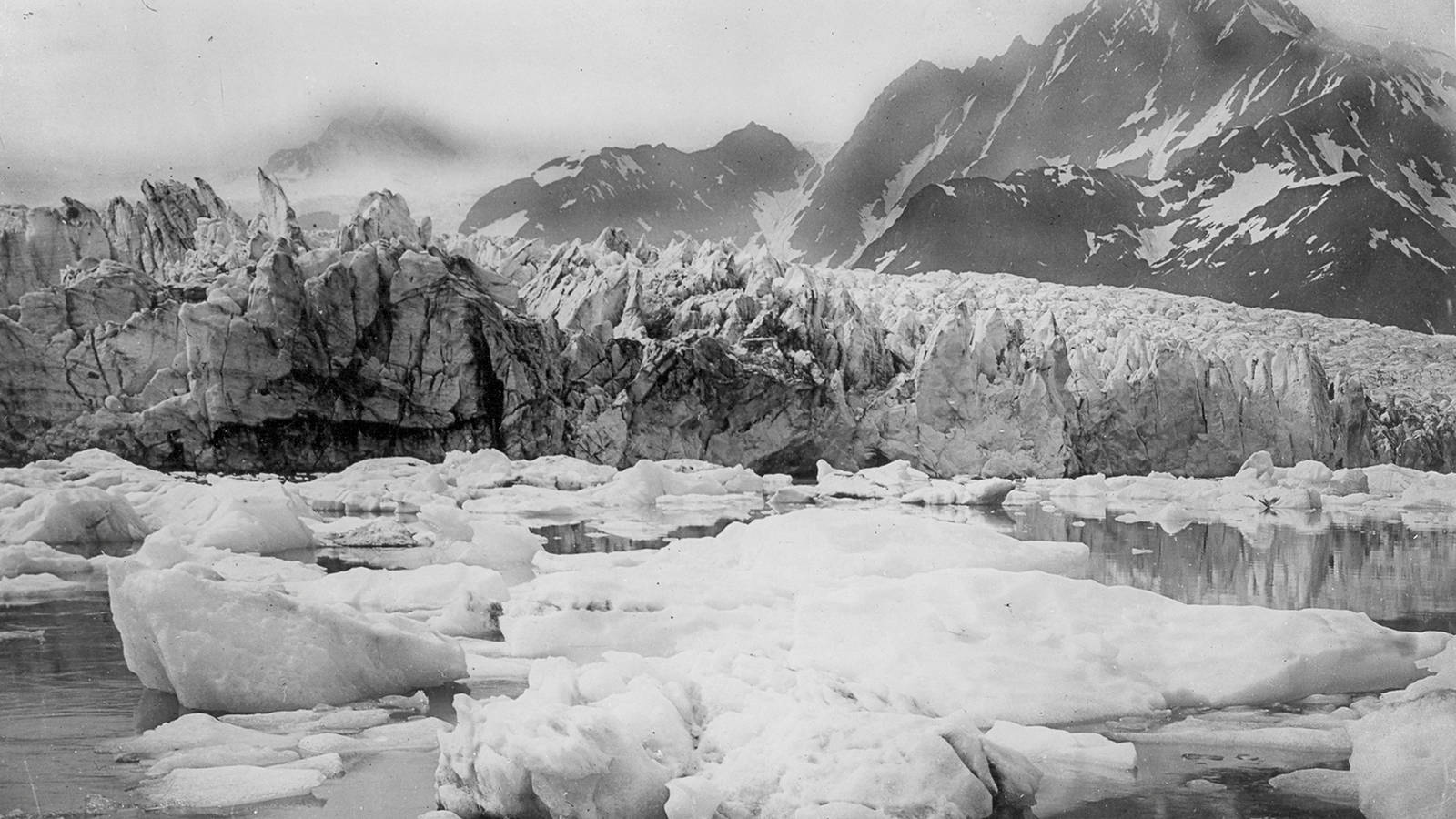
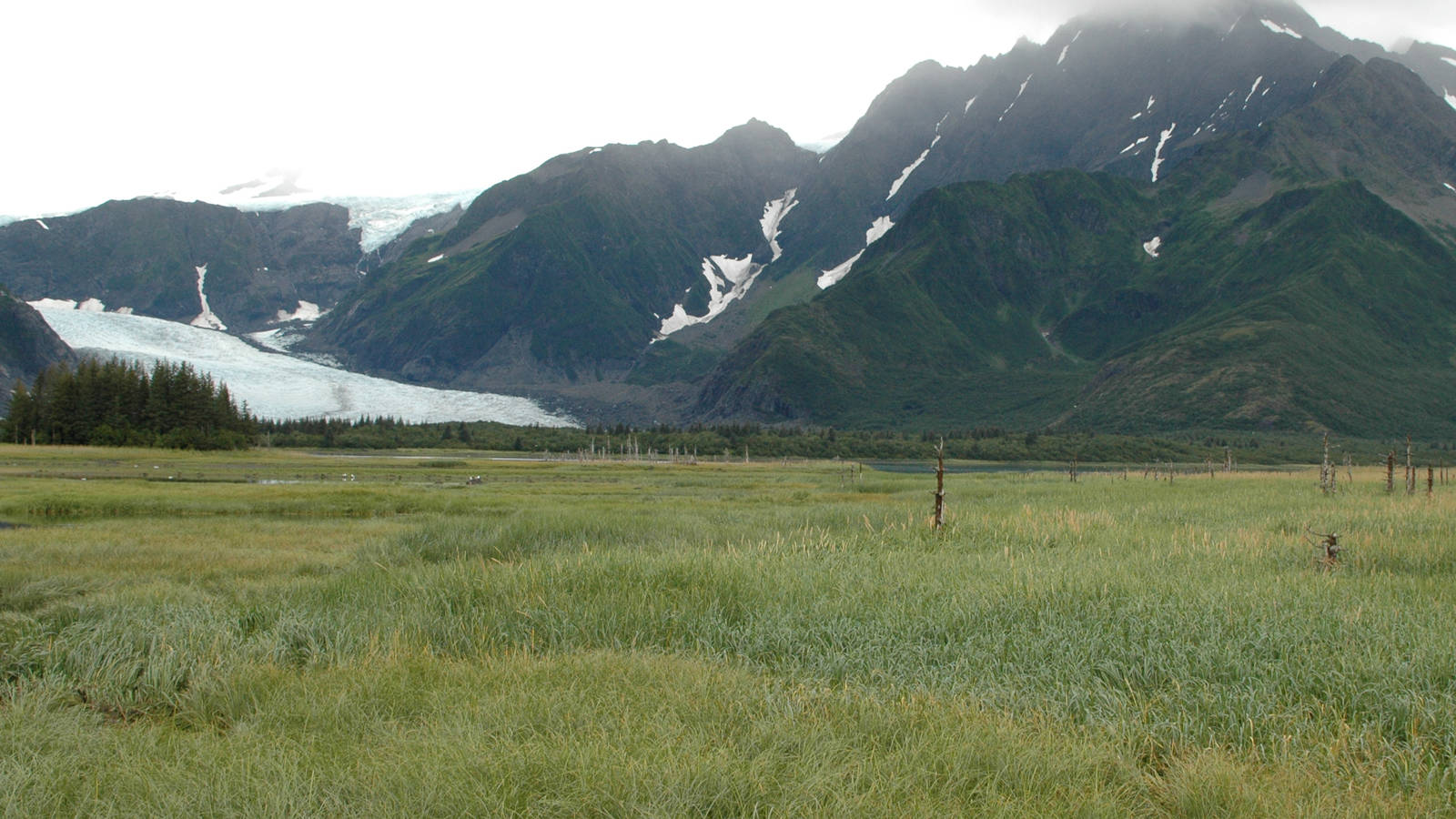
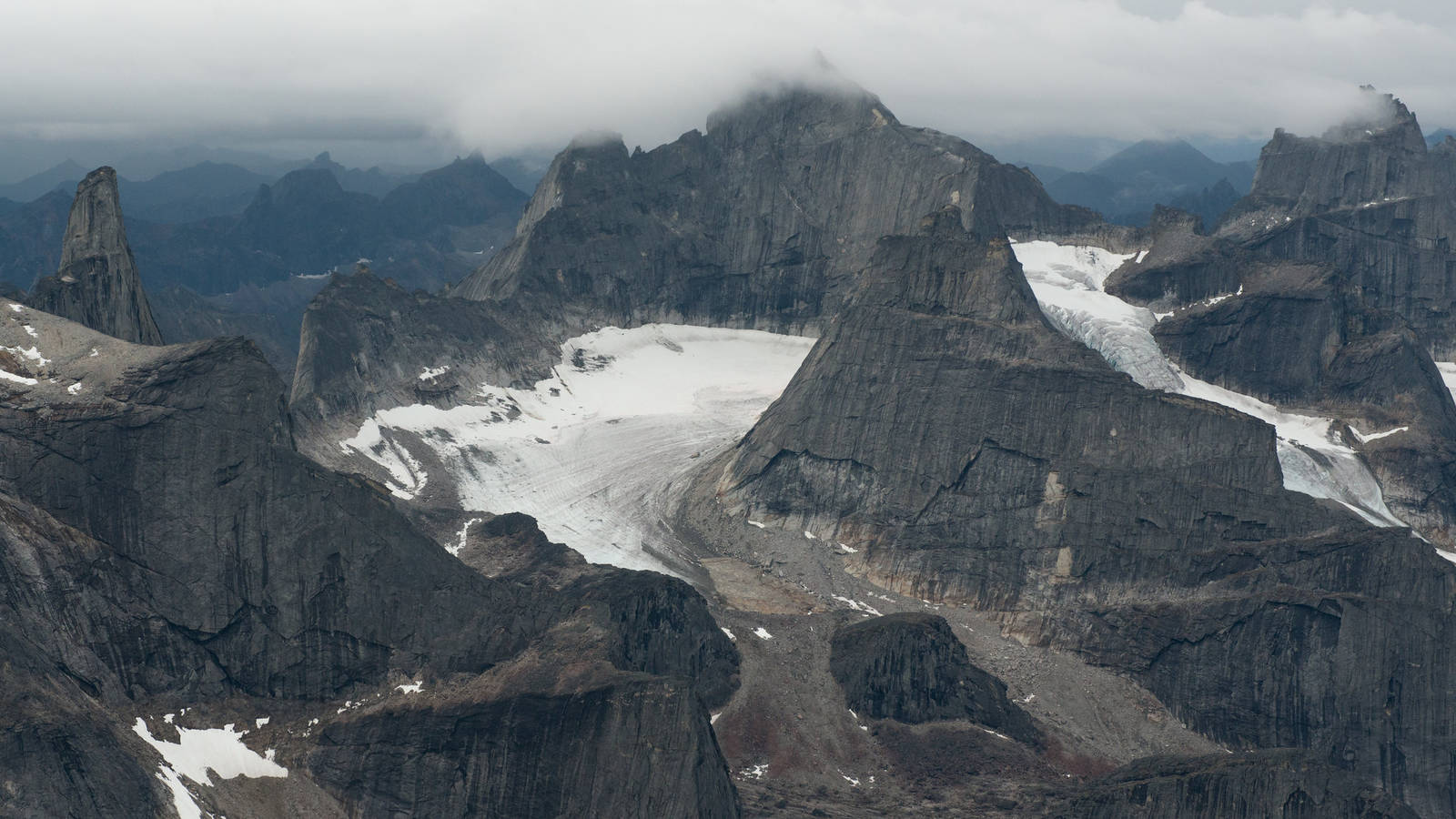
climate impact
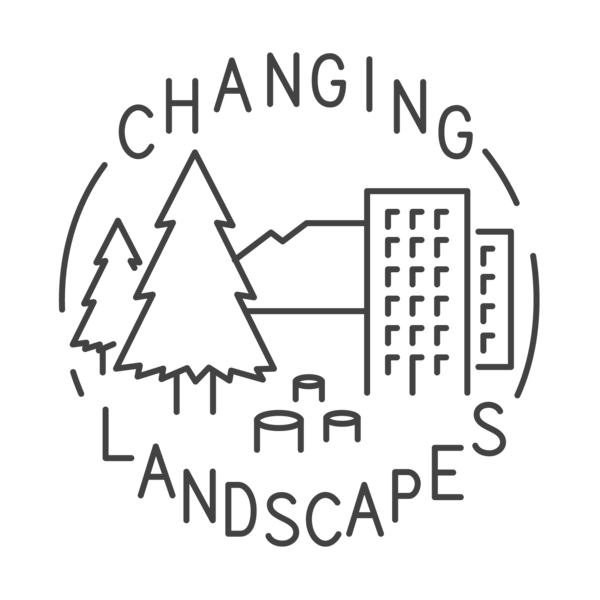
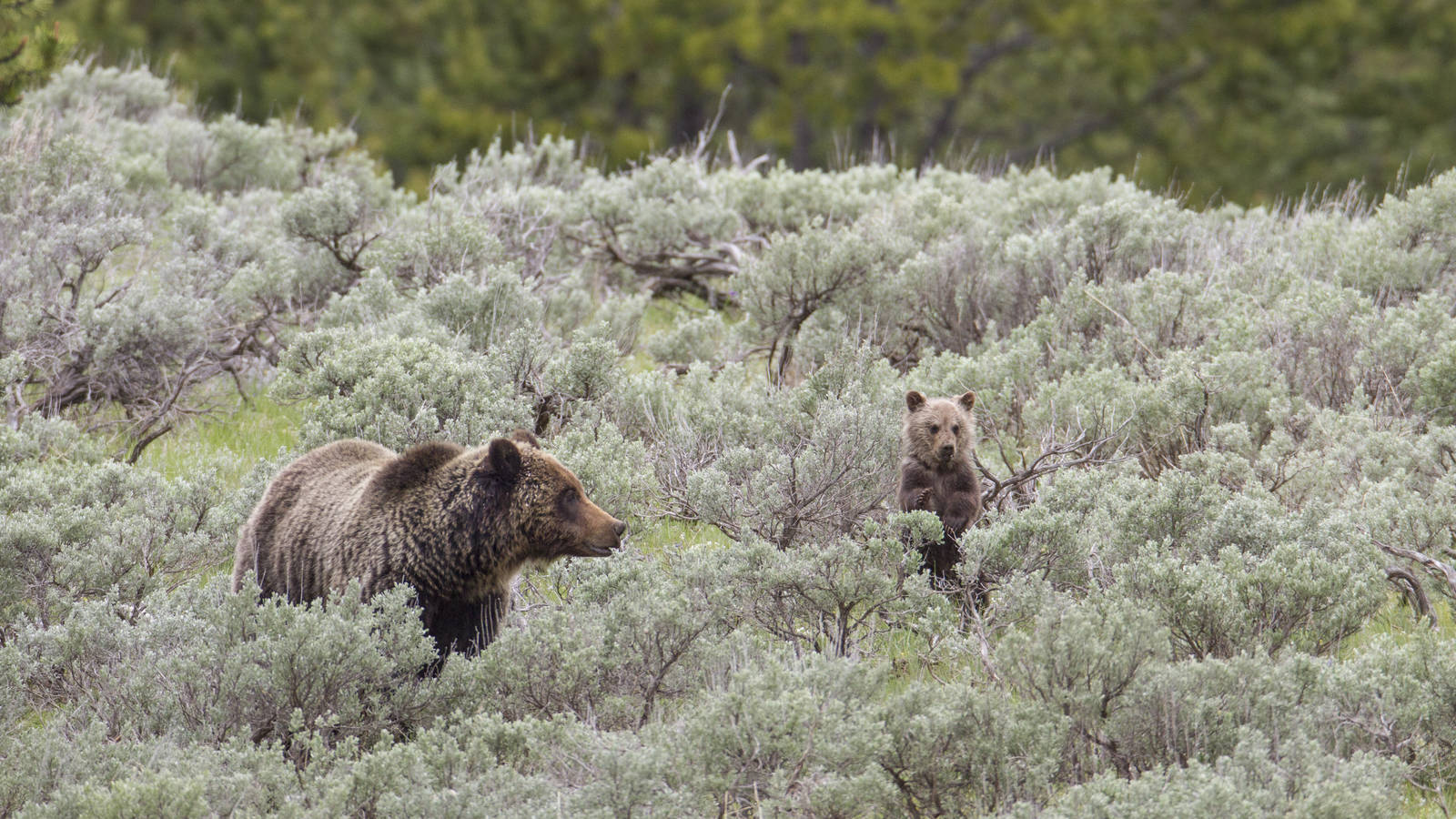
Climate Impact


Climate Impact

Make a tax-deductible gift today to provide a brighter future for our national parks and the millions of Americans who enjoy them.
Donate Now

